Can lung cancer, rarely diagnosed until it’s in an advanced and deadly stage, be nipped in the bud?
Avrum Spira and his team intend to find out.
Spira (ENG’02), Alexander Graham Bell Professor in Health Care Entrepreneurship and a School of Medicine professor of medicine, pathology, and bioinformatics, has been named to lead the nonprofit Stand Up to Cancer (SU2C) multidisciplinary lung cancer interception dream team.
Armed with $12 million in funding, team members hope to develop diagnostic tools such as nasal swabs, blood tests, and radiological imaging to detect lung cancer at the earliest possible stages. That is key, Spira says: lung cancer is the leading cause of cancer death in the United States and worldwide in large part because it is detected too late. The SU2C dream team grant is providing $5 million, with funding support from LUNGevity, and the American Lung Association and its LUNG FORCE Initiative. The additional $7 million will be provided by Janssen Research & Development, LLC, one of the Janssen Pharmaceutical Companies of Johnson & Johnson, which is already investing more than $10 million in Spira’s research into biomarkers for the early detection of chronic obstructive pulmonary disease and lung cancer.
“We plan to develop technology that can, in a very sensitive way, pick up the small amount of DNA that might be present in the blood of someone who’s harboring a lung cancer deep within their lung tissue,” says Spira, director of the BU-Boston Medical Center Cancer Center. “It’s a noninvasive way of measuring a person’s risk of having lung cancer.”
The scientists on the team will also develop new blood tests that will help identify patients who have already been successfully treated, but whose disease is in the earliest stages of recurrence.
“It’s the first time SU2C is funding a dream team for intercepting lung cancer as opposed to treating late stage disease,” Spira says. “The idea here is to prevent or intercept the development of lung cancer when it is at its earliest pre-cancer stage, just as we have done for cardiovascular disease and certain infectious diseases. This is a fundamental shift away from focusing translational research and clinical trials on late stage disease. This is where we need to go. To me, it’s the beginning of an exciting, new era of cancer research.”
Coleading the team with Spira is Steven Dubinett, a University of California, Los Angeles (UCLA), professor of medicine, pathology, and molecular and medical pharmacology and associate vice chancellor for research. He is also the director of the lung cancer research program at the UCLA Jonsson Comprehensive Cancer Center.
The team—full name SU2C-LUNGevity Foundation-American Lung Association Lung Cancer Interception Dream Team: Intercept Lung Cancer Through Immune, Imaging, and Molecular Evaluation (InTIME)—brings together scientists and clinicians who specialize in many fields of lung cancer research, from prevention to early detection and treatment. In addition to BU and UCLA, the scientists are from the Sidney Kimmel Comprehensive Cancer Center at Johns Hopkins, Stanford University, Harvard University and Dana-Farber Harvard Cancer Center, and the Francis Crick Institute/Cancer Research UK.
“Stand Up to Cancer forces you to work in team science,” Spira says. “They take the best and the brightest from multiple institutions and say, ‘You have to work together toward one goal.’ Normally you compete with each other.”
Spira and his collaborators will use state-of-the-art technologies, many developed by team members, to understand the genetics, immunology, and radiological imaging of patients who show signs of abnormal lung tissue that puts them at high risk for developing lung cancer. Janssen will help the scientists understand how the immune system protects people against pre-cancer becoming cancer in order to accelerate development of vaccines to prevent lung cancer, Spira says.
The SU2C team has assembled blood and tissue specimens from patients who have signs of lung cancer risk. Members will study how early lung cancer develops and will test methods to block the disease’s development, using three approaches:
1) Create a precancer genome atlas of the lung. These studies will use precancer cell DNA to identify which types of precancerous lung tissue require treatment and which treatments will block the development of these abnormal lung tissues into lung cancer.
2) Develop noninvasive diagnostic tools for accurate detection of early lung cancer. While advances in imaging are uncovering more lung abnormalities, new molecular and imaging techniques will be developed for detecting which of these lung lesions are cancerous.
3) Develop tests to match individuals with the right treatment strategy to intercept their lung cancer. The team’s ultimate goal is to make it possible for every person to have a personalized interception approach to their lung cancer.
Spira’s team is one of four new SU2C research teams created under its new Cancer Interception Initiative, two on cancer of the pancreas and two on cancer of the lung, that are being funded with a total of $16.6 million, with support from the Lustgarten Foundation for Pancreatic Cancer Research, LUNGevity, and the American Lung Association and its LUNG FORCE Initiative, as well as SU2C. The teams were selected by SU2C scientific advisory committees in a process managed by the American Association for Cancer Research.
“The SU2C Cancer Interception Initiative is focused on developing both the technologies needed to find cancer or precancerous activity at its earliest possible juncture, and the treatments to stop its progression,” says SU2C scientific advisory committee chairman Phillip A. Sharp, an MIT Koch Institute for Integrative Cancer Research Institute Professor and a Nobel laureate. “This could save many lives and avoid untold human suffering.”










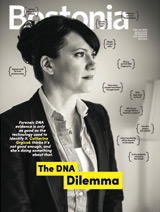

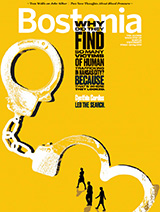







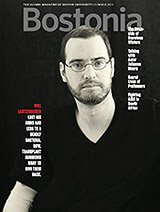









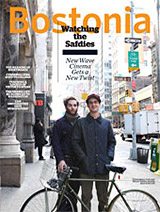



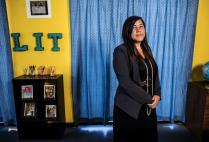
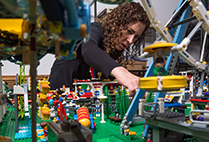

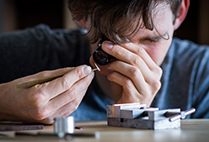

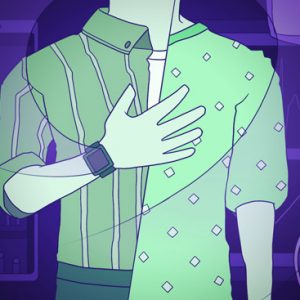

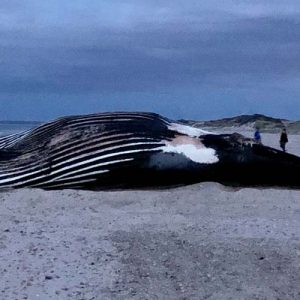



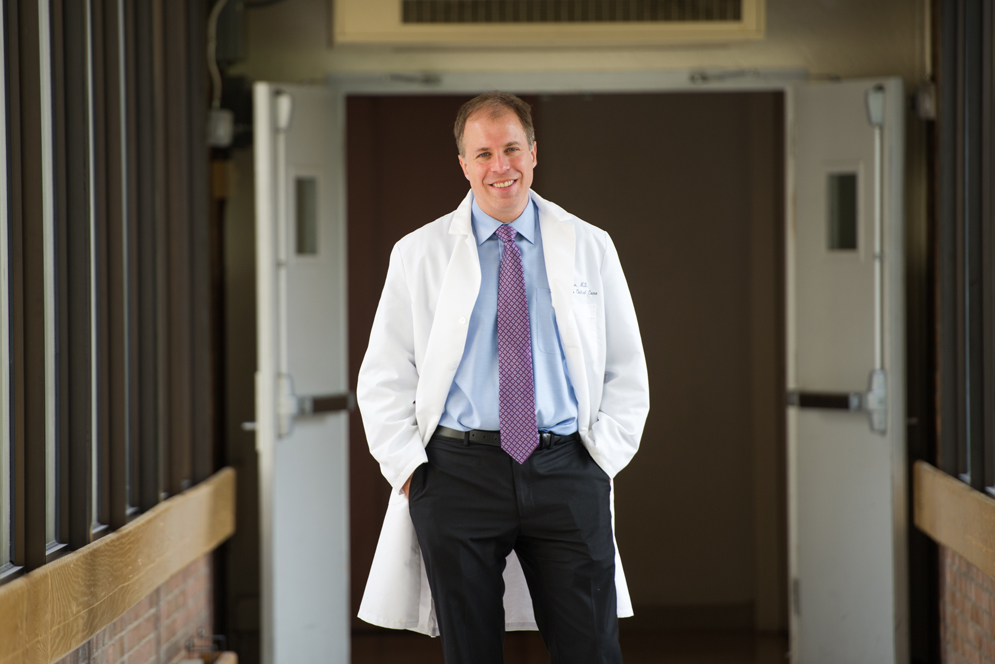

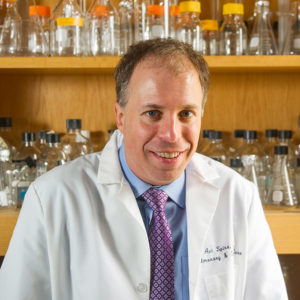

Dear Ms. Rimer.
Thank you for your report. Congratulations to Dr. Spira and team members for obtaining tis research This information is very precious to me. My husband who otherwise “seemed healthy” started coughing excessively in the fall of 2010. All sorts of tests were carried out to discover he had stage IV long cancer. There were almost no symptoms prior to that time except for him losing his memory for a few hours during that same summer. An MRI of the brain showed some small spots that were difficult to interpret. My suspicion is that the cancer began in the brain because towards the end of his illness his behavior and subsequent MRIS of the brain showed abnormalities.
It will wonderful to discover this terrible illness early to prevent it from progressing. At this point, is is possible to estimate the number of years that precede the onset of this cancer? I may be asking for impossible answers, but i am curious.
Thank you for your time. I received this article as I am an alumna from BU. I received my Ed.D. in 1977. Thank you. Henriette Langdon